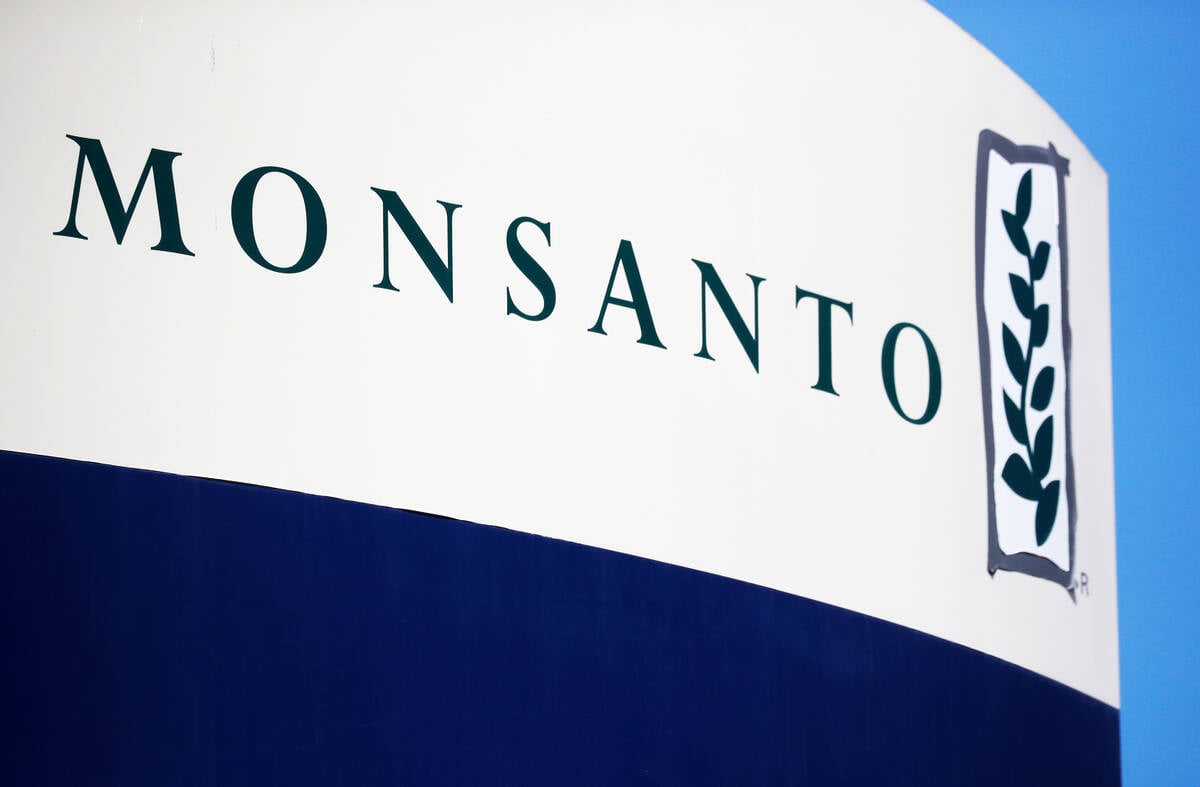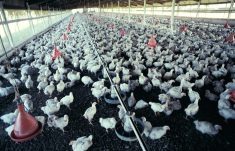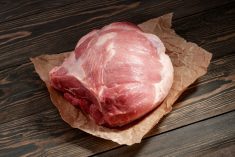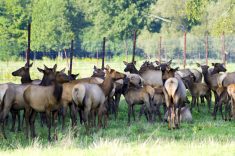As of April 18, poultry and captive birds in the U.K. were allowed to return outside, due to what regulators say is a waning risk of bird flu.
Mandatory housing measures that kept birds indoors were introduced across England and Wales in the autumn of 2022 following the unprecedented spread of bird flu in the U.K. and Europe, as well as devastating outbreaks in the U.S.
The past two winters have seen the largest and most prolonged outbreak of bird flu in modern times, leading to substantial controls in U.K. poultry production, the mass death of seabirds, cases in wild mammals and a single human case.
Read Also

Roundup retraction makes public trust ripples
A foundational study on glyphosate safety was recently retracted, while Roundup maker Bayer has already said it may ditch the key agricultural herbicide after lawsuits piled up.
So how did we get here, and has the threat really receded?
Avian influenza, commonly known as bird flu, is caused by the influenza A virus, which can lead to disease in many hosts, including humans. However, its ability to infect and transmit to different hosts depends on which subtype or serotype of influenza A is involved.
Influenza A serotypes are designated based on two proteins found on the virus’s surface called neuraminidase (N) and haemagglutinin (H). Each of these comes in several types. The combination of H and N types — for example, H5N1, H1N1 or H3N2 — defines the serotype.
Typically, horse strains of influenza A are H3N8 and H7N7. Pigs and humans are susceptible to H1N1 and H3N2, and avian influenza encompasses H5 and H7 serotypes.
In general, human influenza viruses have little capacity to infect animal species and vice versa, but sporadic inter-species infections can sometimes occur.
Within the serotype, there can also be a number of variants, called clades.
The current outbreak in the U.K. and elsewhere is caused by a 2.3.4.4b clade of the H5N1 serotype.
The origins of all influenza A serotypes are thought to be in aquatic birds such as ducks, geese, gulls and wading birds. The currently problematic clade of the H5N1 serotype, for example, is descended from a lineage first isolated in a goose in Guangdong, China.
This clade emerged around 2021 and has caused several outbreaks globally, including in Europe, Asia and the Americas, most likely spread by migratory birds. Because many geese and duck species can carry the virus and shed it in their droppings without becoming ill, they can easily transmit virus to other bird species.
While avian flu has traditionally been a problem primarily for chickens and other domestic birds, this outbreak has been unusual in its capacity to cause disease and death in wild birds too. This strain has been found to cause disease in over 60 wild bird species in the U.K., including many not previously known to be affected.
The reasons for this are not clear but could include changes to migratory flyways (the routes birds use for migration) and increased susceptibility due to climate change or pollution affecting the general health and immune systems of seabirds.
This outbreak has unquestionably been deadly. Across 37 affected countries, more than 50 million birds have been culled.
Mammals can become infected with bird flu as a result eating infected birds or from coming into contact with bird feces.
The U.K. Health Security Agency has a zero-to-six threat scale for pandemic avian influenza. The alert has remained at Level 3 (limited transmission in mammals other than humans) for some time, with the only evidence of European transmission between mammals from a mink farm in Spain.
Since December 2021, there have been seven reports of human infection around the world. Generally, the risk of transmission of avian influenza to humans is low. Most cases are through direct contact with live chickens or ducks.
Cases in Spain and the U.S. were found in poultry workers and the single U.K. case was confirmed in a man keeping infected ducks in the household. A nine-year-old girl from Ecuador who contracted the virus was reported to be in contact with backyard poultry.
Indoor housing over the past two winters has helped reduce the potential for transmission into, within and from poultry. The greatest risk of influenza to poultry is through the autumn and winter months with the migration of birds.
As we move out of peak influenza season, the risk should be lower in the short term. The removal of housing restrictions is a decision that balances infection risk with animal welfare.
Almost two-thirds of U.K. egg production is free range and it’s thought there could be as many as one million U.K. households that keep backyard chickens. Allowing these birds back outside will benefit their health.
That said, it’s increasingly likely that H5N1 is here to stay and will remain a problem for poultry production and wild birds, and a threat to other species. For now, it’s sensible to avoid contact with infected birds and report any suspected cases. We will need ongoing surveillance of poultry, wild birds and mammals to assess risk and potential emergence of more transmissible strains in the future.
– Paul Wigley is a professor in animal microbial systems at the University of Bristol. This article first appeared in The Conversation, by Reuters.















